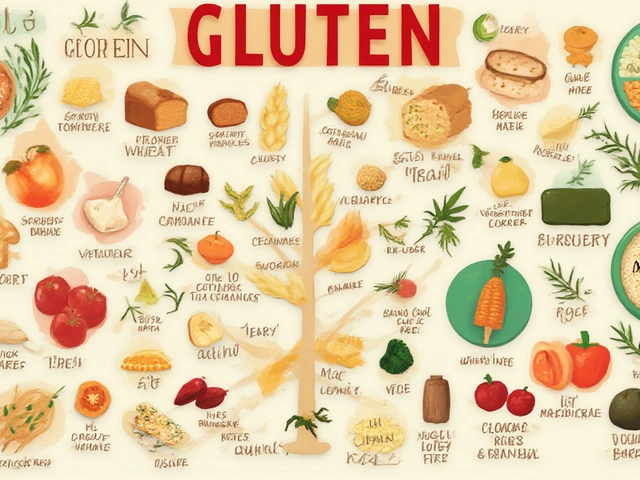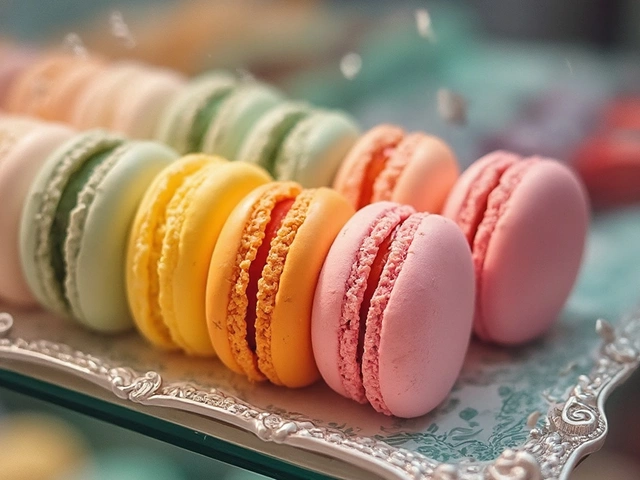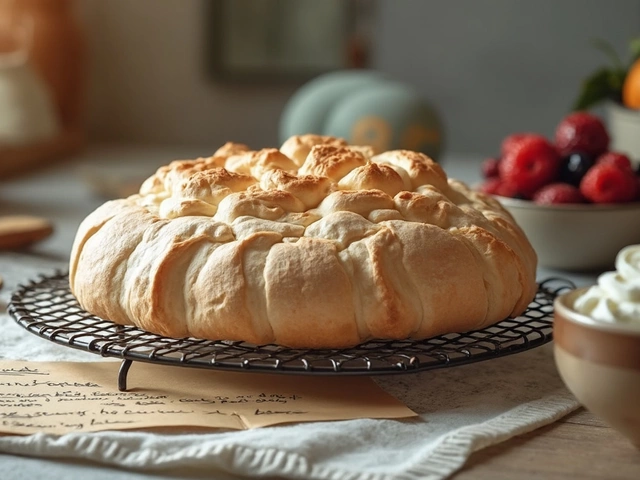Gluten‑Free Recipes Made Simple: Tips, Swaps, and Must‑Try Treats
Going gluten‑free doesn’t have to mean bland or busted desserts. With a few smart swaps and a bit of science, you can bake cakes, brownies, and cookies that are light, moist, and totally satisfying. Below are the most useful tricks that will keep your gluten‑free goodies from sinking, getting dense, or turning gritty.
Why Gluten‑Free Cakes Often Sink (And How to Stop It)
One of the biggest complaints is a cake that looks perfect in the pan but drops flat once it cools. The main culprit is a weak structure – gluten usually gives baked goods that elastic network. Without it, the batter can collapse if it’s too heavy or if there’s too much liquid.
- Use a blend of flours. Mixing rice flour, tapioca starch, and almond flour gives better texture than a single grain.
- Add a binder. Xanthan gum or psyllium husk (about ½ tsp per cup of flour) mimics gluten’s stretchiness.
- Don’t over‑mix. Stir just until ingredients are combined; too much mixing creates extra air that later bursts out.
- Check your leaveners. Make sure baking powder is fresh and use the right amount – about 1 tsp per cup of flour.
- Cool gradually. Turn the cake out onto a wire rack after 10 minutes, then let it finish cooling upside down for a few minutes to keep the crumb from sinking.
Follow these steps and you’ll notice a big difference the next time your cake rises straight up.
Common Gluten‑Free Mistakes and Quick Fixes
Even with the right flour blend, a few habits can ruin the texture.
- Too much moisture. Gluten‑free flours absorb water differently. Start with ¾ of the liquid called for in a regular recipe and add more if the batter looks too thick.
- Skipping the binder. Forgetting xanthan gum is a fast track to crumbly brownies. Add it, and you’ll get that chew you want.
- Using the wrong sugar. Granulated sugar creates a firmer crumb, while brown sugar adds moisture. Choose based on the finish you want.
If you end up with a dense brownie, try adding a tablespoon of melted coconut oil or a splash of espresso – it lightens the texture and boosts flavor.
Gluten‑Free Grains You Can Trust
Knowing which grains are truly gluten‑free saves you from accidental exposure. Here are the safe bets:
- Rice (white, brown, and wild)
- Quinoa
- Millet
- Sorghum
- Amaranth
- Teff
These grains work well as flour substitutes or as whole‑grain add‑ins for extra texture. Just rinse quinoa or millet before grinding to remove any bitter coating.
Putting It All Together: A Simple Gluten‑Free Chocolate Cake
Ready for a quick test? This recipe uses the tips above and takes about 45 minutes.
- Pre‑heat oven to 350°F (180°C). Grease a 9‑inch round pan.
- Mix 1 cup rice flour, ¼ cup almond flour, ½ tsp xanthan gum, ½ tsp baking powder, and a pinch of salt.
- In another bowl, whisk ½ cup melted butter, ¾ cup sugar, 2 eggs, and 1 tsp vanilla.
- Combine wet and dry mixes, then stir in ¼ cup cocoa powder and ¼ cup milk (or almond milk). If batter seems thick, add 2 tbsp water.
- Pour into pan, bake 30‑35 minutes, then let cool 10 minutes before turning out.
Enjoy a moist, fluffy slice without a single grain of gluten. Switch cocoa for lemon zest, and you have a brand‑new flavor in minutes.
Gluten‑free baking is all about balance – the right flours, a tiny binder, and careful mixing. Keep these basics in mind, experiment with the grain list, and you’ll soon have a pantry full of reliable, tasty recipes that anyone can love.

Discover Gluten-Free Cake Varieties for a Guilt-Free Treat
Gluten-free cakes open up a world of delicious treats for those avoiding gluten. This article explores eight exceptional gluten-free ingredients that enhance the flavor and texture of cakes. Whether you're gluten intolerant or just experimenting, discover how to craft delightful desserts with these gluten-free alternatives and tips for successful baking.
View More
Identifying Gluten Face: Signs and Gluten-Free Tips
Gluten face refers to the visible signs on the skin that manifest in individuals sensitive to gluten. These signs often include puffiness, redness, and blemishes, influenced by gluten consumption. Understanding the correlation between gluten intake and skin health can lead to improved skincare practices. This article explores how dietary changes can alleviate symptoms and offers practical gluten-free recipe suggestions.
View More



